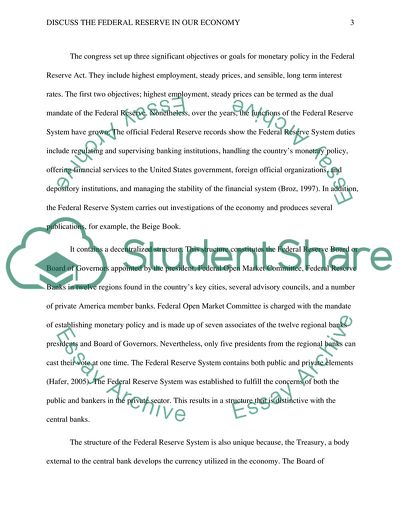Cite this document
(Federal Reserve and Its Role in the United States Economy Article, n.d.)
Federal Reserve and Its Role in the United States Economy Article. https://studentshare.org/macro-microeconomics/1788005-discuss-the-federal-reserve-in-our-economy
Federal Reserve and Its Role in the United States Economy Article. https://studentshare.org/macro-microeconomics/1788005-discuss-the-federal-reserve-in-our-economy
(Federal Reserve and Its Role in the United States Economy Article)
Federal Reserve and Its Role in the United States Economy Article. https://studentshare.org/macro-microeconomics/1788005-discuss-the-federal-reserve-in-our-economy.
Federal Reserve and Its Role in the United States Economy Article. https://studentshare.org/macro-microeconomics/1788005-discuss-the-federal-reserve-in-our-economy.
“Federal Reserve and Its Role in the United States Economy Article”. https://studentshare.org/macro-microeconomics/1788005-discuss-the-federal-reserve-in-our-economy.


